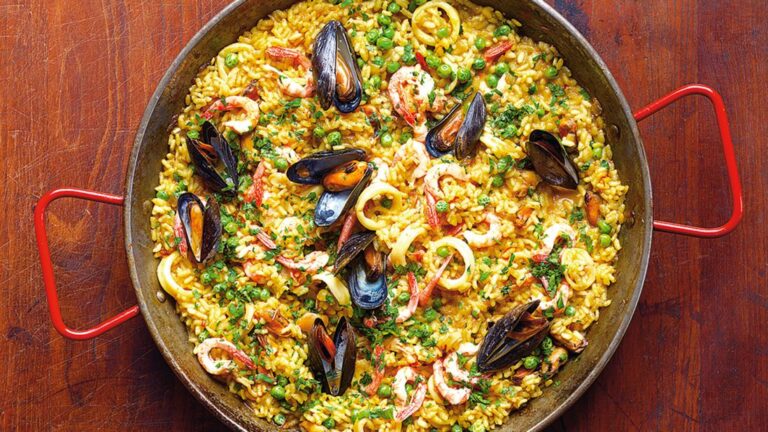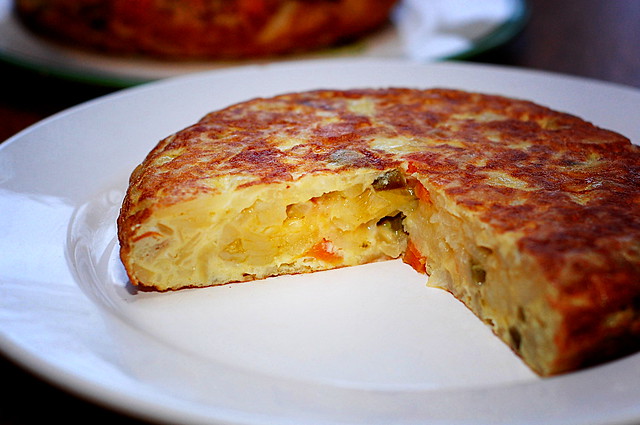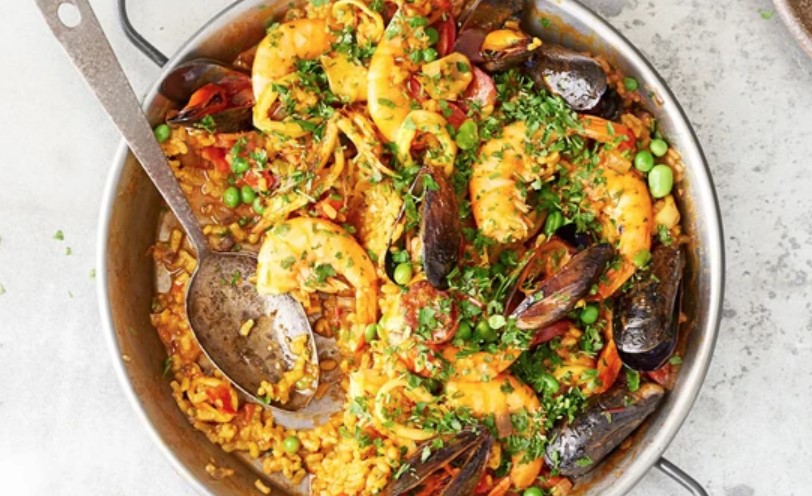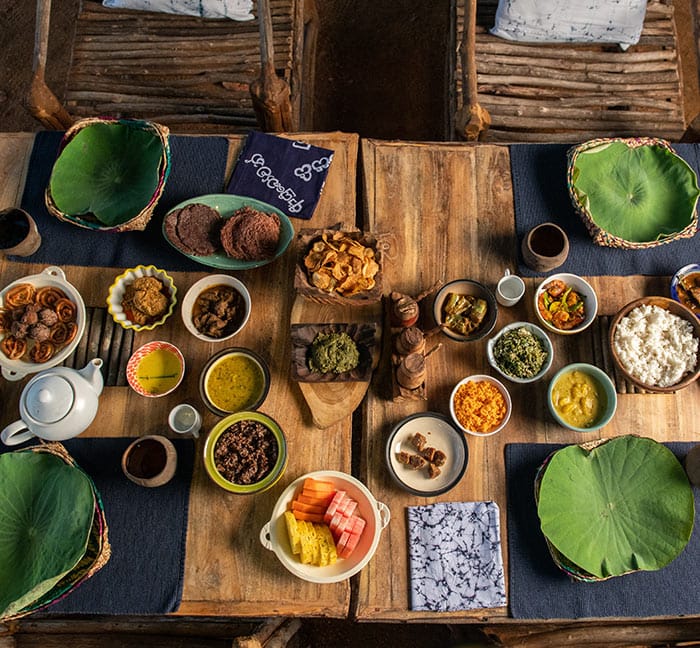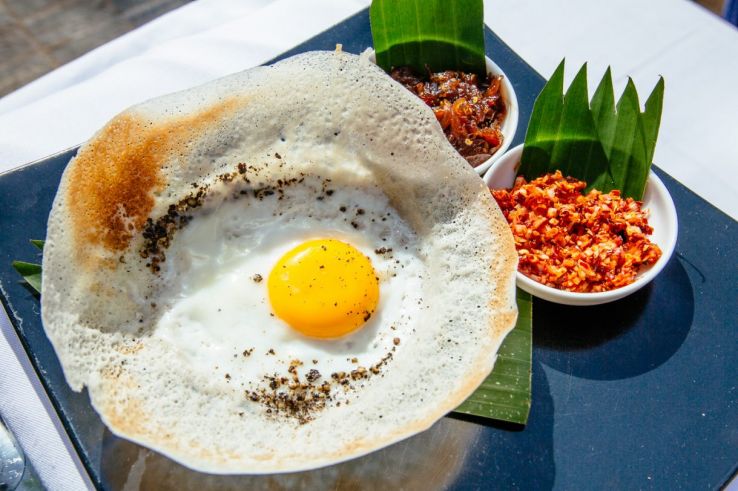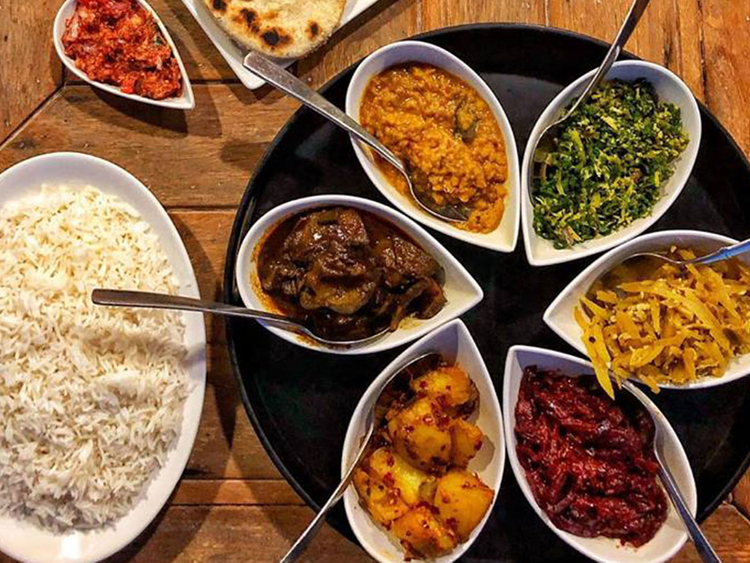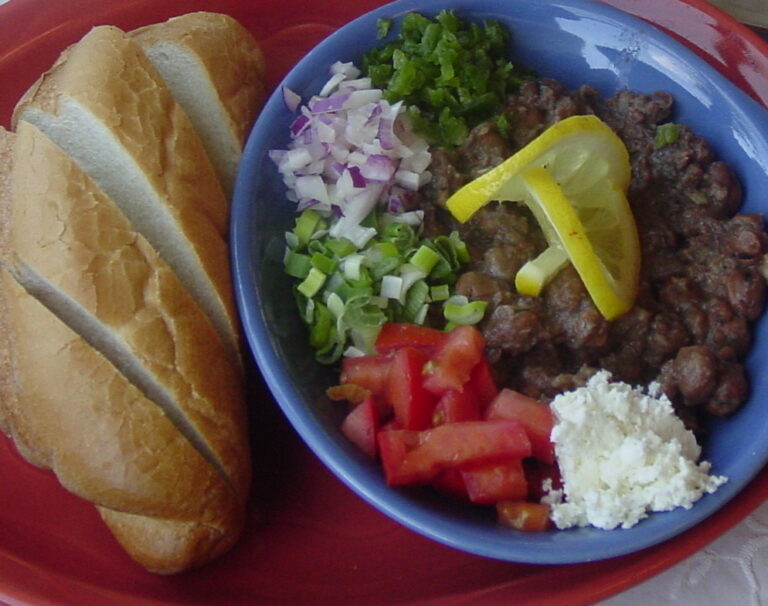Introduction: South Sudanese Festivals and Celebrations
South Sudanese culture is deeply rooted in its traditions, customs, and celebrations. These festivals and occasions are a time to come together, share moments of joy, and honor their cultural heritage. In South Sudan, food plays an essential role in these celebrations, as it represents a symbol of togetherness, hospitality, and generosity.
Celebration Foods: A Cultural Significance
Food is a vital part of South Sudanese celebrations, as it reflects their cultural significance and identity. For instance, in South Sudanese culture, a meal is not just a form of sustenance; it is a tradition that has been passed down from generation to generation. The food served during celebrations is often prepared with great care and attention to detail, as it represents a cultural heritage and identity.
Traditional Dishes of South Sudan
South Sudanese cuisine is diverse, unique, and flavorful. The traditional dishes of South Sudan are often made with local ingredients such as maize, beans, cassava, and sorghum. The most popular traditional dishes in South Sudan include Asida, a porridge-like dish made from sorghum flour, and Kisra, a type of flatbread made from sorghum flour.
Festive Delicacies: A Regional Affair
In South Sudan, festive delicacies vary from region to region. For instance, in the Bari region, one of the most popular dishes served during celebrations is Wumza, a type of meat stew made with cow or goat meat, onions, tomatoes, and spices. In contrast, in the Dinka region, a common festive dish is Nyam, a dish made from cow or goat meat and served with a side of homemade butter.
Popular South Sudanese Dishes for Special Occasions
Some of the most popular South Sudanese dishes served during special occasions include Boma, a type of fermented milk, and Malawah, a type of fried bread. Additionally, during weddings and other significant events, people often serve a dish called Fatta, which is made from pieces of lamb or mutton and served with rice and spices.
Food Customs and Festivities: A Culinary Adventure in South Sudan
In South Sudan, food customs and festivities are a culinary adventure. During celebrations, people often prepare meals in large quantities, as it is considered a sign of generosity and abundance. Furthermore, it is customary to share food with neighbors, friends, and family members, as it represents a symbol of hospitality and goodwill.
In conclusion, South Sudanese festivals and celebrations are incomplete without food. The traditional dishes of South Sudan reflect the country’s cultural heritage, identity, and diversity. During these festivities, people come together to share moments of joy, hospitality, and generosity, making it a memorable experience for everyone involved.




